Alice in the Cities
9 /10 1 Votes
100% Rotten Tomatoes Genre Drama Music director CAN Language GermanEnglishDutch | 8/10 IMDb Film series Road Movie trilogy Duration Country West Germany | |||||||||||||||||||||||||||||||||
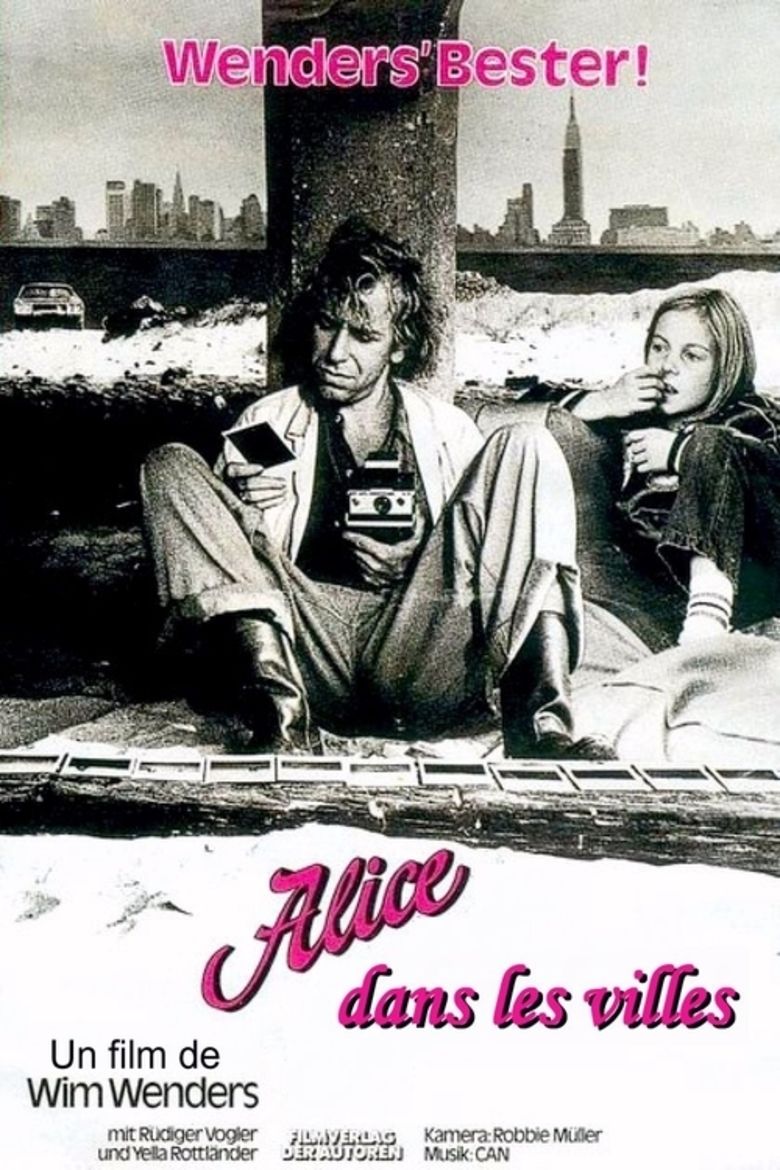 | ||||||||||||||||||||||||||||||||||
Writer Veith von Furstenberg , de Release date 1974 (1974) Initial release March 3, 1974 (West Germany) Cast (Phil Winter), (Alice), (Alice`s Mutter), Edda Köchl (Freundin in New York), Ernest Boehm (Publisher), Sam Presti (Autoverkäufer)Similar movies Blackhat , The Terminal , Independence Day , Con Air , Airport 1975 , Top Gun | ||||||||||||||||||||||||||||||||||
Alice in the cities wim wenders 1974
Alice in the Cities (German: Alice in den Städten) is a 1974 German road movie directed by Wim Wenders. This was the first part of Wenders' "Road Movie trilogy" which included The Wrong Move (1975) and Kings of the Road (1976). The film is shot in black and white by Robby Müller with several long scenes without dialogue. The film's theme foreshadows Wenders' later film Paris, Texas.
Contents
- Alice in the cities wim wenders 1974
- Alice in the cities 1974
- Plot
- Production
- Scoring
- Reception
- References

Alice in the cities 1974
Plot

German writer Philip Winter has missed his publisher's deadline for writing an article about the United States. Attempting to book a flight from New York City back to Germany, he meets a German woman, Lisa, and her young daughter, Alice, who are also trying to return home. After Lisa leaves Alice temporarily in Philip's care, she disappears to deal with a relationship she has recently terminated. Philip and Alice take a flight to Amsterdam on the expectation that they will meet Lisa there, only to find she never arrived to the airport.

When Alice is unwilling to stay in the Amsterdam airport alone while Philip leaves, the two decide to return to West Germany where Philip can deliver Alice to her grandmother's home. Unfortunately, Alice can't remember her grandmother's name or address, except that she may live in Wuppertal, the only clue being a photograph of her grandmother's front door with no house number and no one in the shot. After searching through Wuppertal, Alice admits her grandmother doesn't live there and she only wanted them both to stay in Amsterdam. Enraged, Philip turns Alice over to the police, but Alice escapes and returns to him with a new lead that her grandmother lives in Ruhr. The two begin to bond as they travel through Ruhr, and the search comes to an end when the police spot them and inform Philip that Lisa has been found.
Production
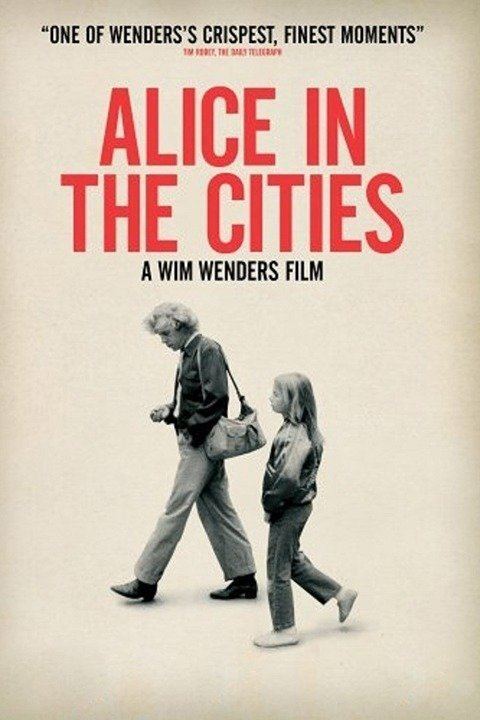
According to Wenders, Alice in the Cities, his fourth feature-length film, came at a major turning point when he was deciding whether to remain a filmmaker. He felt that his first two features were too heavily indebted to John Cassavetes and Alfred Hitchcock, while his third was an ill-advised adaptation of The Scarlet Letter. Alice in the Cities was a conscious attempt to make something only he could do.
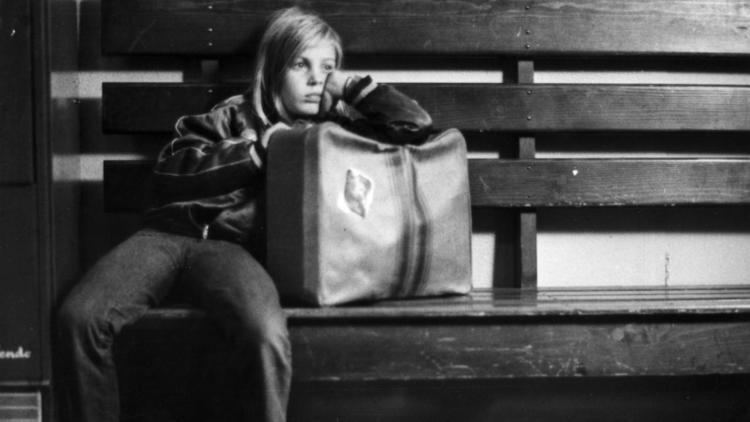
The scenario of a young girl and a writer thrown together was inspired by his long-time collaborator Peter Handke's experience as a single parent. The influence of Handke's 1972 novel Short Letter, Long Farewell, also featuring an alienated German-speaker travelling across the United States, can be inferred from the film's use of clips from John Ford's Young Mr. Lincoln, itself heavily referenced in the novel. The film can be seen as a response to Handke's novel.
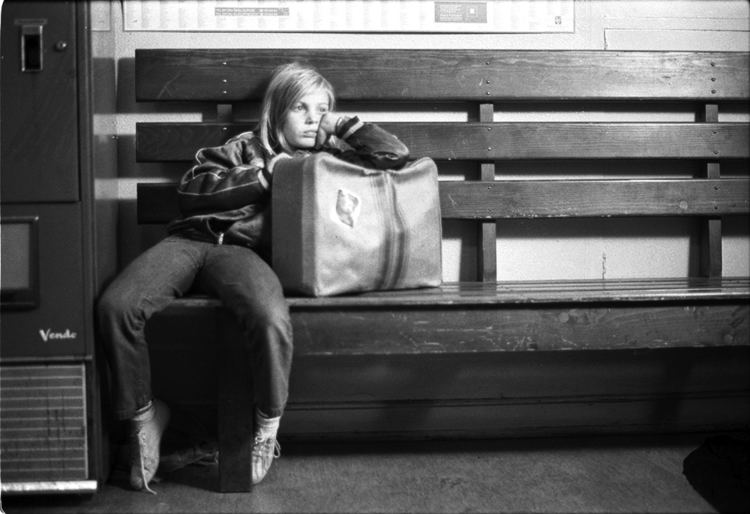
While Wenders was preparing Alice in the Cities, a friend took him to see Peter Bogdanovich's new film, Paper Moon. To his horror, the film appeared to be very similar to the one he was making, prompting him to call his production office and break the news that he was canceling the project, believing the film they were going to shoot "had already been made." Soon after, Wenders went to Samuel Fuller, who had invited him to come visit after a prior encounter in Germany. Wenders mentioned to Fuller that he had just cancelled a project, and upon finding out that Wenders had already secured the financing for the film, he convinced Wenders that it was a mistake. After a few hours of discussion, Wenders realized he could still proceed, albeit with some extensive rewrites to differentiate Alice in the Cities from Paper Moon, and he called his production office to tell them that the film was back on.

Wenders and Robby Müller had hoped to shoot in 35 mm with the Arri BL, which had just come out at the time, but it was too difficult to get a hold of one, a common problem with newly issued cameras. Combined with their budgetary limitations, they were left with no other option than to switch to 16 mm. They filmed with a 1:1.66 wide-screen format, a common European format at the time, and drew it on the viewfinder. According to Wenders and Müller, that was the format they preferred, but due to television broadcast demands, they had to provide a 3:4 full frame format of the film, even though they never composed for it. This would create some problems in later years before everything was rectified with a definitive restoration in 2014.
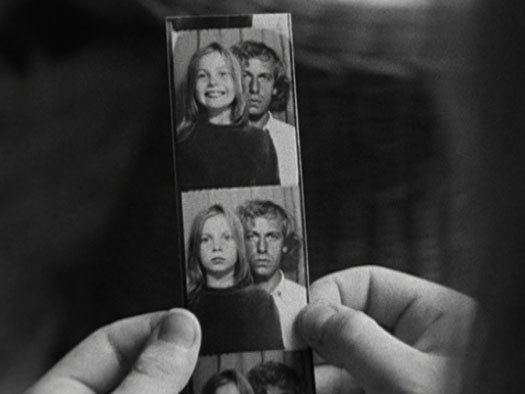
The film was shot close to chronological order beginning in North Carolina, proceeding to New York, then continuing in Amsterdam and finishing in Germany, all throughout the summer of 1973. As the film progressed, the production grew more confident about improvising each scene. Some parts, like certain hotel scenes and almost anything filmed in a car, closely followed the script due to logistical reasons, but by the end of the film, Wenders said they virtually ignored the script altogether.
Licensing became an issue when Wenders tried to include footage he had shot of Chuck Berry in Frankfurt (presumably in late July 1973). The footage was important as it included a performance of Berry's classic song, "Memphis, Tennessee", where the singer is trying to re-connect with his daughter. According to Wenders, it was also an additional inspiration for the film, but Berry's camp demanded a clearance fee that they could not afford to pay. Instead, Wenders approached D.A. Pennebaker, who had footage of Berry singing the song from the concert that yielded Sweet Toronto. This became a viable workaround as licensing Pennebaker's footage (which they had to decolorize for the film) was substantially cheaper than clearing their own with Berry's camp.
Scoring
The film was scored by the German band Can. When interviewed about the experience, Can's Irmin Schmidt stated that it was recorded by Schmidt, Michael Karoli and Jaki Liebezeit and that they were not able to see the movie before recording the music. Instead, they went through a collaborative approach with Wenders, who was very short on time. It was all done in one day.
Reception
In 1974, Nora Sayre and Lawrence Van Gelder of The New York Times wrote that Alice in the Cities is "a film with a great deal to say about Europe and America, about the exhaustion of dreams and the homogenization of nations, about roots and the awareness of time, about sterility and creativity, about vicarious and real adventure and, eventually, about the possibilities of the future." The film also won the Best Film award at the German Film Critics Association Awards.
Later, in 1988, Jonathan Rosenbaum hailed Alice in the Cities as one of Wenders' strongest works, calling it a pungent hybrid of European and American elements "with its effective broodings over American and German landscapes and their ambiguous photographic representations." In 2008, Philip French of The Observer called Rottländer's performance as Alice "unforgettable". He went on to say that the film would not be able to be made today "partly because of the invention of the mobile phone, partly because of our obsessive fear of anything that might be interpreted as paedophilia."
In 2016, US director Allison Anders described Alice in the Cities as "one of my very favorite films, and a guiding light," and praised Alice as "one of the screen’s most multifaceted child characters, and one of the most empowered female characters in cinema to this day." The A.V. Club also described Alice as resembling "a genuine little kid" and praised the photography as "gorgeous."
References
Alice in the Cities WikipediaAlice in the Cities IMDbAlice in the Cities Rotten TomatoesAlice in the Cities themoviedb.org
